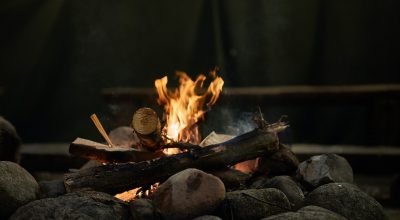A Campfire is one of the most versatile survival tool in the great outdoors. You can use it to cook food, dry equipment, provide heat, give illumination, and even transform it to be a makeshift signal device.
However, a campfire is only as good as it’s firewood. Because of that, you have to understand which firewood is the best to burn in a campfire.
Picking the wrong wood can mean that your campfire is inefficient, weak burning, or provide inadequate heat. That’s why, in this article we will explore the best firewood to burn in a campfire and which types of wood to steer clear from when building your campfire in the great outdoors.
How to Pick the Best Firewood
The first step of picking a great firewood is to know the characteristics of good firewood. In our previous article, we’ve outlined several ways to identify and pick the best types of firewood for your campfire. In general, these are the things to look out for
- Soft wood for starting fires, Hard wood for maintaining fires
- Dry wood is better than damp wood
- Avoid rotten woods
- Do the snap test, make sure it snaps well
When looking for firewood, make sure that it ticks all of the above before putting it in your campfire. Burning poor quality wood may cause breathing problems due to the smoke or may even put out your campfire if it has too much moisture.
The Best Firewood for a Campfire
Now that you know how to pick the best types of wood for your firewood, we’ll get straight to what kinds of trees you should look out for when gathering firewood. Here is a list of the best types of wood for creating and maintaining a campfire.
- Oak
- Ash
- Hickory
- Rowan
- Black Locust
- Beech
- Sugar Maple
- White Ash
- Birch
Oak

One of the things that we learned about picking the right firewood is hardwood always beats softwood in terms of burn duration and heat generated. Usually, harder wood will burn hotter for longer, because of that, if you already have a campfire going, pick the hardest wood you can find.
Oak is a very strong and dense wood, that will burn for a long time and is able to produce large amounts of heat without too much smoke. That’s why, oak, especially white and red oak trees are considered one of the best sources of firewood you can get.
Luckily, this tree is ubiquitous and quite easy to find, because of that, it won’t be too hard for you to scavenge for it in the woods.
However, keep a look out for long dead oaks because those type of wood usually contains a lot of moisture and other organisms such as fungus and lichens that may create hazardous smoke when burned in a campfire. Refrain from using rotten oak wood even if they seem rigid and quite strong.
Ash

Like oak, ash is a relatively hard wood that’s quite strong and dense. This hardness and density makes ash one of the longer burning firewood on this list, besides, it’s flames will also produce a lot of heat. Because of that, ash is considered as one of the best wood choices for starting and maintaining your campfire.
Another brilliant quirk about ash is that it can still burn quite effectively even if it is not fully dry. Because of that, if you’re creating fire after a particularly nasty rain, burning ash wood is a relatively safe bet.
However, be mindful that due to it’s strength and density, it will be quite hard to chop an ash wood if you’re not used to splitting firewood. If you’re having trouble cutting up ash wood, use a firewood splitting axe, or a saw. You can use a full fledged saw or even a foldable saw to easily cut off small parts of this wood for your campfire.
Hickory
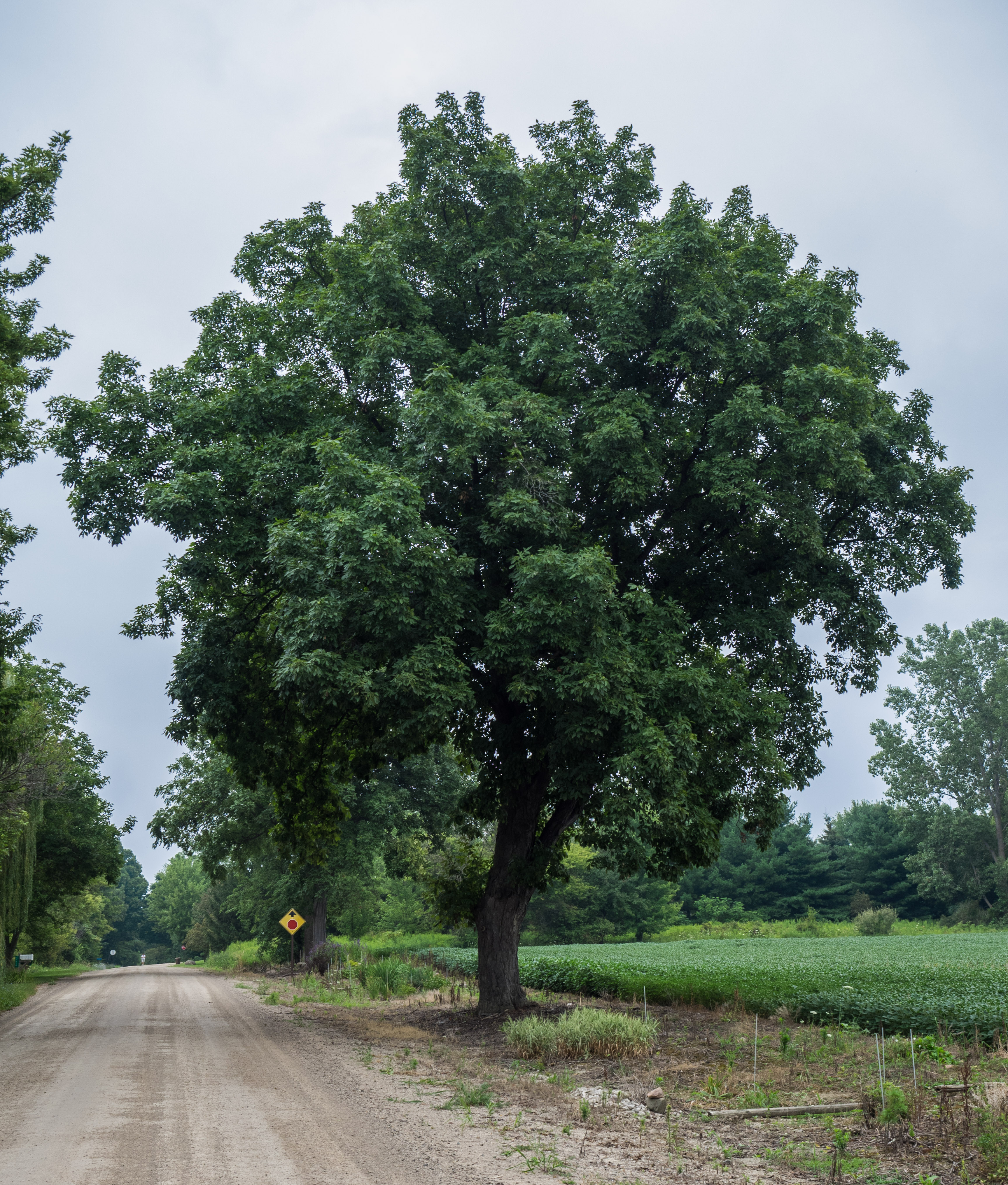
Hickory trees produces a very dense and strong wood that is quite identical to wood from oak trees. Because of that, it is one of the best firewood for your campfire. This tree is also quite common so you will have no problem finding it in the wilderness.
Some types of hickory burns hotter than oak, especially old ones that are drier and have a harder more dense wood. It also retains little moisture so that your campfire will burn for longer, hotter, and without too much smoke.
However, because Hickory is very dry and hard, it can be difficult to chop it up into smaller pieces to feed into your campfire or wood burning stoves. This is important if your campfire is still small or you’re using a small wood burning stove for cooking needs.
If you’re having trouble chopping up Hickory be sure to check out our guide on how to efficiently split firewood and our buying guide on the best axe for splitting firewood.
Rowan
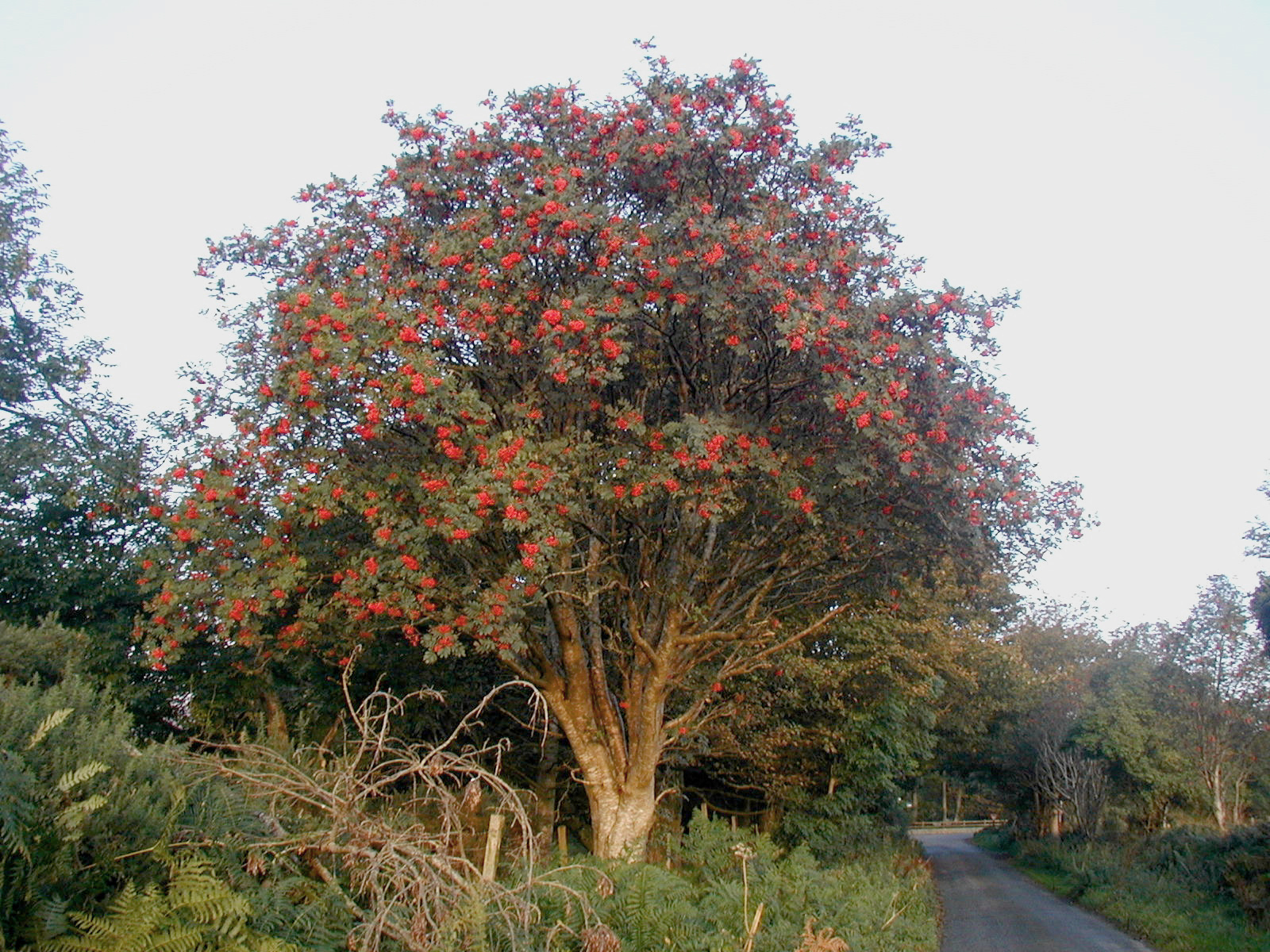
Rowan is a type of wood that’s quite popular in the Harry Potter universe for creating powerful wands and magical artifacts. In real life, this wood is a really great firewood that can keep your campfire going all night long. It burns for a long time and creates decent heat, albeit not as hot as oak or hickory. Because of that, you can’t go wrong with choosing Rowan wood as your go-to firewood when creating campfires.
Black Locust
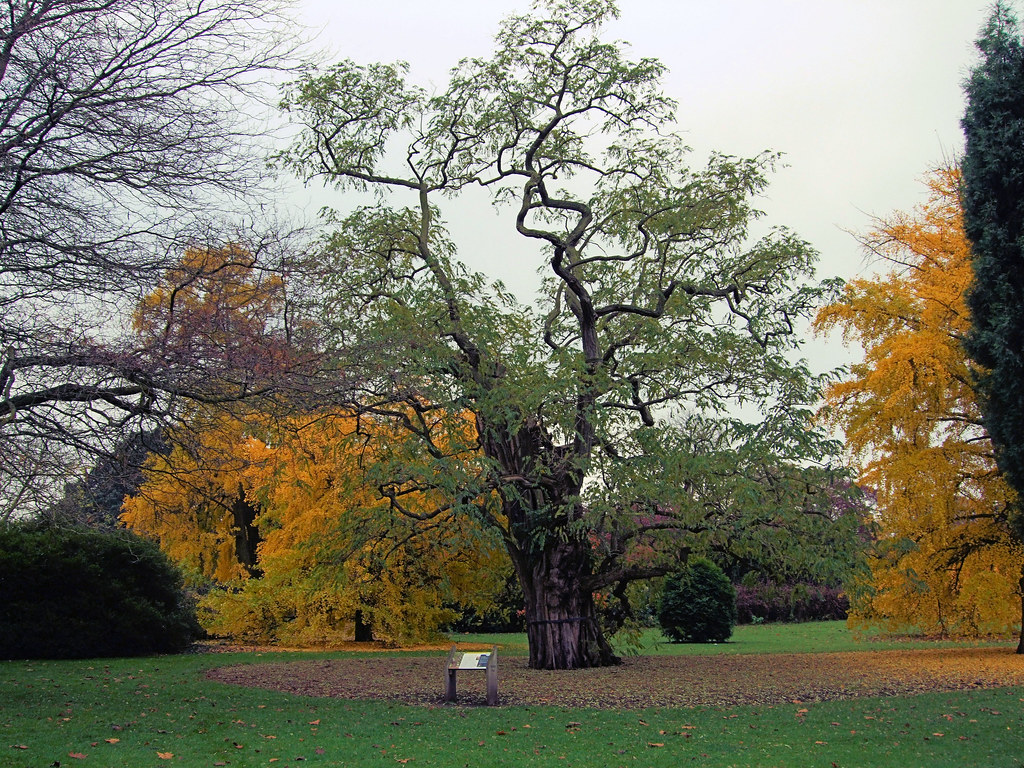
Black locust is a tree that mainly grows in the Appalachian Mountains, near Missouri and Arkansas. This lesser known tree is also a great source of firewood.
This wood is mainly used in the construction industry due to it’s strength and hardness. However, these same qualities also make black locust the ideal firewood for building your campfire. It burns for a long time and creates a nice amount of heat.
When camping or out in the wild near the Appalachian Mountains, look around for black locust trees and already felled wood for a quality source of firewood.
Beech

Beech is one of the go to wood used by outdoorsmen and campers for creating a hot and long lasting campfires. When burned, beech creates a strong and stable flame that produces decent heat and lasts a decent amount of time. This characteristic makes it one of the best and most predictable firewood for creating campfires.
However, if the wood is slightly damp or even wet, it will be a nightmare to light up beech wood.
Because of that, avoid damp and rotten beech when searching for firewood. You’d also be better finding another type of wood if you’re creating a campfire after heavy rain.
Sugar Maple
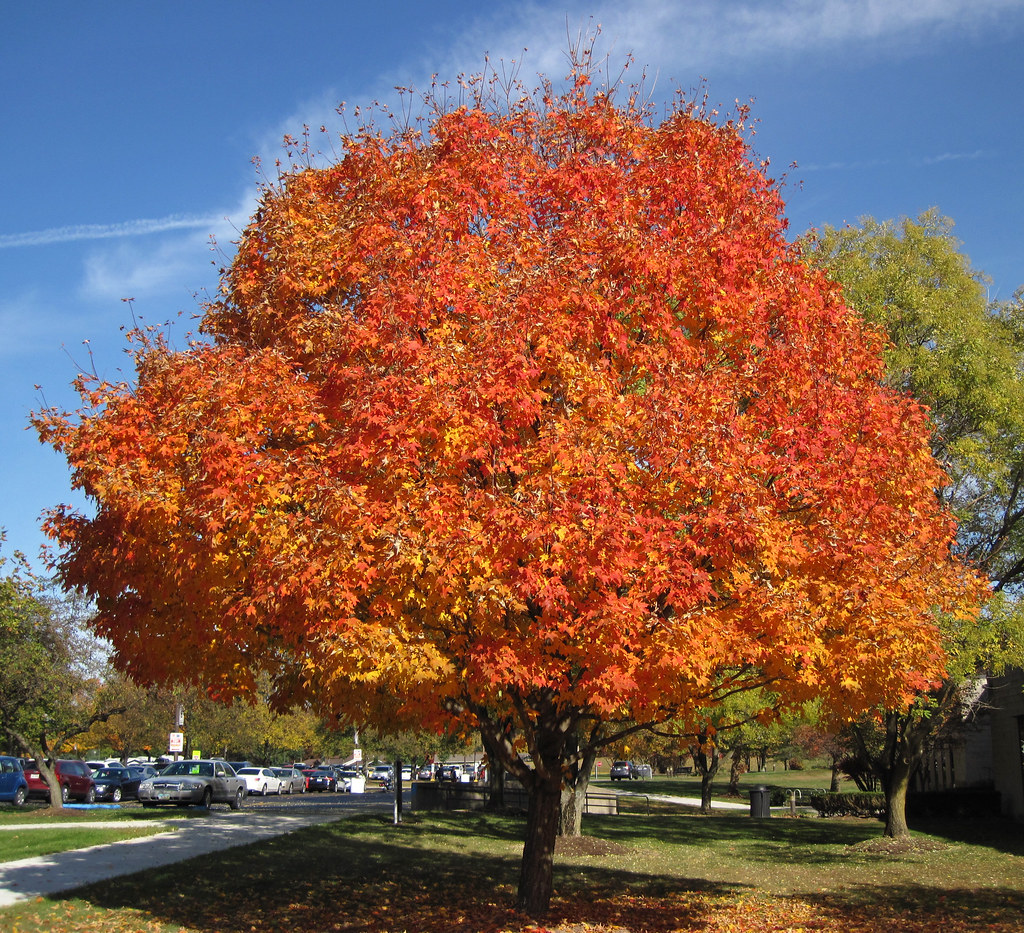
Sugar maple is considered a great candidate for firewood because of it’s tendency to burn with less sparks and and smoke. If you’re looking for a clean burning firewood for your campfire or your portable wood stove, look no further than sugar maple.
This wood also burns with more consistency than most other types of firewood and puts out a decent amount of heat for a long time. However like other types of wood, sugar maple burns less efficiently if it is damp or rotten. Because of that, refrain from using damp and moist sugar maple if you want a clean burning fire.
White Ash
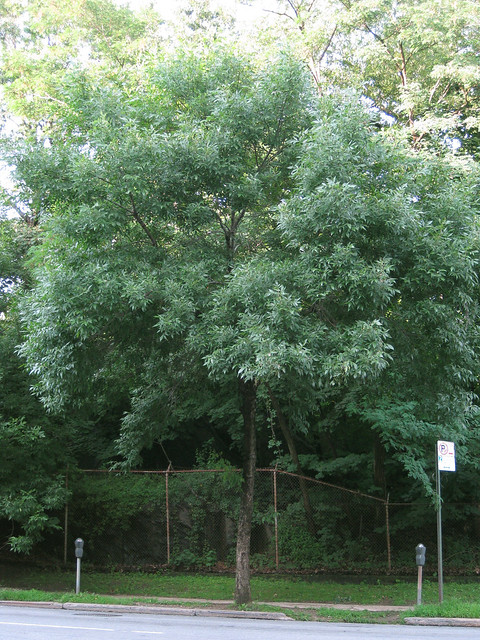
White ash is a very light wood that’s excellent if you want a lightweight firewood that you can carry around in large amounts without getting too tired.
When out in the open, energy conservation is paramount, because of that, finding lighter firewood for your campfire is key to conserve energy. The lighter the wood, the less energy you have to expend lugging it back to your camp and storing it.
Because white ash is very lightweight, it is also less dense and easy to chop into small pieces. It’s softness and pliability really helps when it comes to splitting the wood. Excellent if you’re not bringing heavy equipment to chop down wood.
Birch
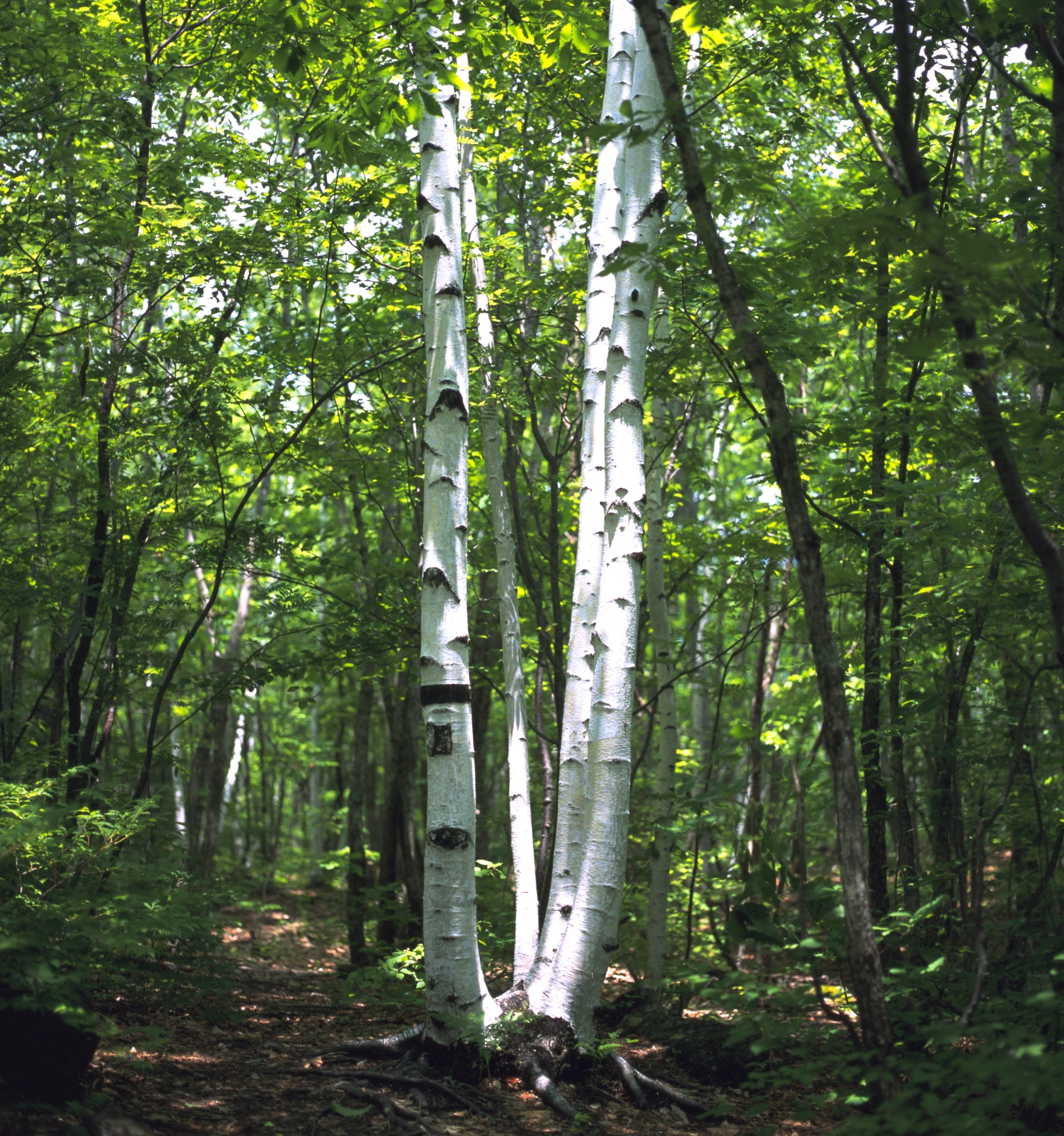
Sometimes, you need to start a fire fast without fiddling too much with the fire and kindling. In this condition, birch, especially it’s bark is an excellent choice to start a fire because it is quite flammable. Old, mature birch bark is a great choice to start a fire easily.
However, due to it’s flammability, it tends to burn quicker than other types of firewood in this list. Because of that, if you want a long burning campfire, you either need to have a huge pile of birch set up near your camp or bring in other types of wood, preferably ones that are slower burning such as oak or hickory.
There are several types of birch with different characteristics, because of that, don’t forget to experiment to find the type that works for you.
Wood you Should Stay Away From
Not all wood makes great firewood, some create a lot of smoke, burn too fast, create lesser heat, or are just too hard to burn. Now that you know what type of wood to pick when starting a campfire, you also need to know which type of wood to avoid.
Painted and Treated Wood
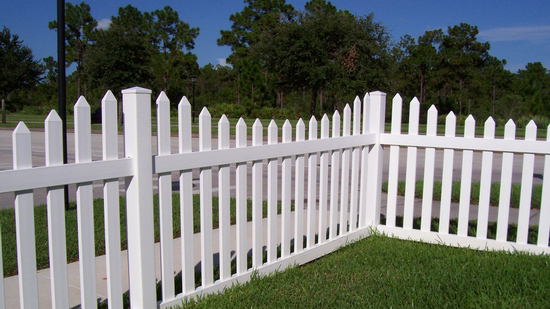
Burning painted wood is a big no-no, because when the paint burns, it can release toxic materials and other harmful chemicals into the air. It usually creates a lot of smoke due to the paint burning imperfectly, thus creating a thick layer of hazardous smoke that you must avoid at all cost.
Same as above, treated wood, those that have been coated with resin, glue, epoxy, wood primer, or other materials are also a no go. Like painted wood, they will create a lot of toxic smoke when burned and may cause harmful effects for your health.
Protected Trees
Trees that are endangered or protected are never supposed to be cut while you’re out in the woods. Part of being an outdoorsmen is about respecting nature and enjoying its beauty, because of that respect nature and don’t cut down any endangered trees. Apart from breaking the law and being disrespectful, you could also contribute to the eventual extinction of said trees.
Throughout North America alone, there are more than 20 endangered species of native trees. Species such as the blue ash, American chestnut, and the Kentucky coffee tree should never be cut down because they are protected by the law.
Be a smart outdoorsmen, do your research first before going out into the wild and find out which trees you can and can not cut. Learn to identify them by sight so that you can quickly ascertain which tree to cut down for firewood and which to leave alone.
Green Wood
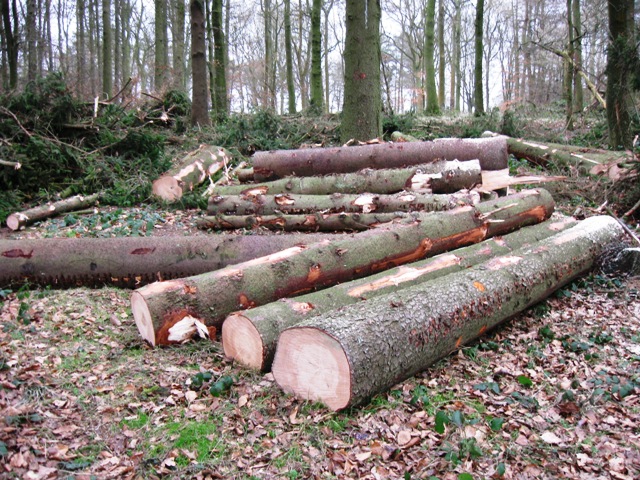
Green wood refers to any type of wood that has just been cut down from a live tree. Because it’s freshly cut, it contains a lot of sap and water. This results in a wood that’s hard to light, burns poorly, and produces a lot of smoke due to imperfect burning of the wood.
When looking for firewood, it’s common to season or dry the wood for at least a couple of months beforehand. However, if you’re pressed and in a survival situation, look at our guide to quickly season wood so that you can create a campfire anytime anywhere.
However, green wood can still be used as firewood. You just have to make sure that the wood doesn’t contain a lot of moisture and has a relatively dry insides.
Non-Local Wood

Sometimes when camping or travelling to a holiday home, you’ll bring in firewood from the store or from your current place of residence. When doing this, it’s essential for you to use wood that is also local to the area you are visiting.
Using non local wood can sometimes bring in invasive wood pest and diseases that are devastating to the local population.
Species such as the emerald ash borer, Asian long-horned beetle, and the gold spotted oak borer can ravage areas that doesn’t have their natural predator to keep them in check.
Driftwood

Driftwood is basically wood that has been washed ashore in the beach. When you’re camping near the beach, you might come across a huge pile of driftwood once in a while. Steer clear of them if you’re planning to use it for firewood!
The combination of mostly rotten wood and huge amounts of moisture makes driftwood a poor choice for firewood. They have poor burning characteristics and are hard to light up.
Driftwood is also saturated in salt due to it’s exposure to saltwater. Because of that, burning it can release harmful chemicals and smoke that may endanger your health and the air quality around your camp. Don’t ruin your camping trip or survival chance by burning driftwood. If there’s another choice, steer clear from driftwood!
Poisonous Wood
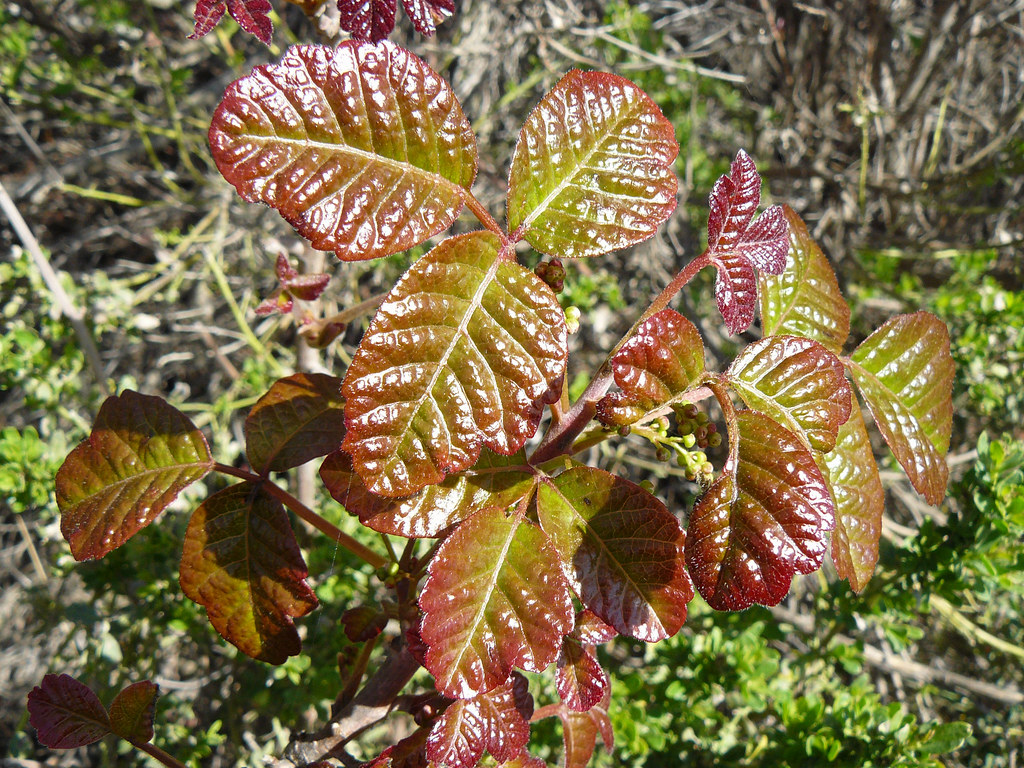
When looking for firewood for your campfire, steer clear of any type of wood covered in vines and a lot of moss. Burning wood covered in poison ivy, poison sumac, or even poisonous wood such as poison oak can release harmful chemicals in the form of smoke when they’re burn.
Breathing these chemicals can irritate your respiratory system, skin, and trigger allergies. Getting sick is the last thing you want to happen during a camping trip or survival situation.
Because of that, be wary of burning any type of poisonous wood or wood covered in suspiciously poisonous vines and mosses.
Laburnum
Laburnum is a species of wood that burns very poorly when used as firewood. It’s not especially harmful to humans, but it produces a huge amount of smoke for a small fire that generate a poor amount of heat.
Given it’s characteristics, this wood is simply just not worth your time and energy to find and split. You’re better of finding other types of wood for your campfire.
Poplar
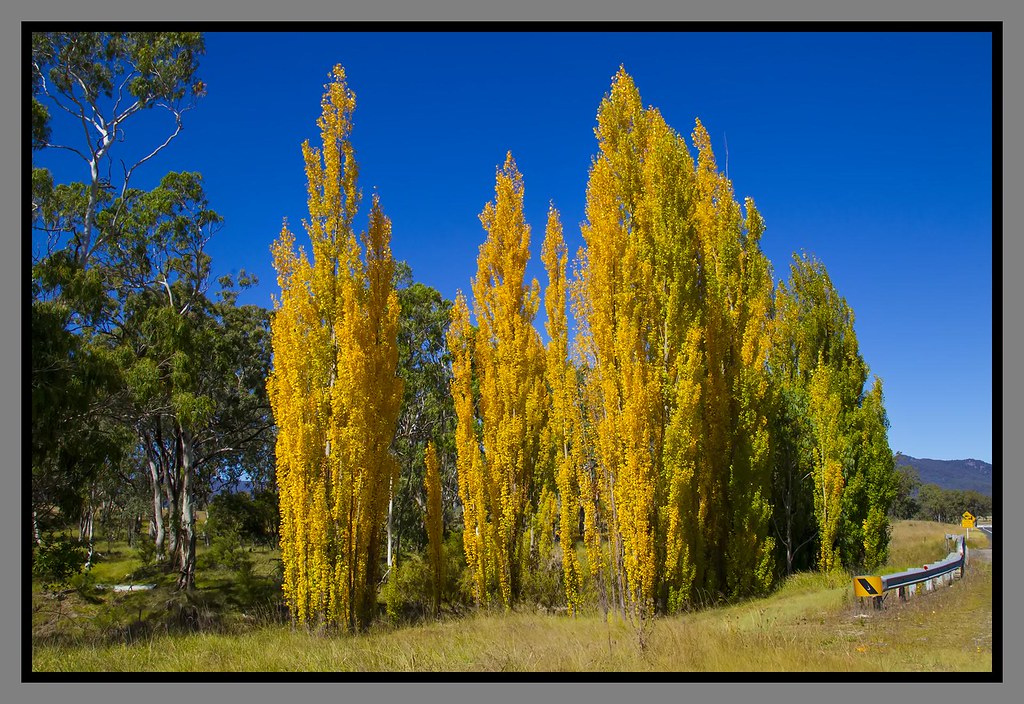
Similar to Laburnum, Poplar is a species of wood that burns poorly and produces a lot of thick pungent smoke. It also creates a small fire that doesn’t generate a lot of heat. This is a poor choice if you want a long burning campfire that won’t choke out people sleeping next to it with it’s smoke.
Steer clear of this wood if there is any other alternative that’s safer and more efficient, like all the wood that is listed in the best firewood list above.
Sweet Chestnut

Sweet chestnut is one of the rarer species of wood that is quite hard to find in the wilderness. Surprisingly, it’s a decent firewood that delivers a solid amount of heat and burns for quite a long time.
However, this wood splits easily while burning, this is dangerous if you’re not keeping an eye on your fire. It also produces a lot of smoke, which can irritate your respiratory system. If you’ve got better options, stick to those and steer clear of sweet chestnut when building your campfire.
Willow
Willow wood, although not a terrible wood by any stretch, nor does it have any toxic properties that can harm you, is simply just an inferior firewood compared to other options. It produces a low amount of heat and burns weakly, even when it’s been thoroughly dried and seasoned. It’s best to just use better quality woods such as oak or hickory when creating your campfire.
Spruce

Spruce is a wood that burns very quickly and produces a low amount of heat for their size. However, their quick burning characteristics are great for starting a fire. If you’re just starting out your campfire, spruce is a great choice as a starter wood.
However, for maintaining a fully functioning campfire, spruce is just an inferior option that will burn out quickly without providing a good amount of heat. Choose a harder and denser wood that burns slowly and creates more heat such as oak, hickory, or ash.
Oleander Shrub
_Arade_river%2C_%C3%81guas_Frias_de_Baixo%2C_Alte.JPG/1200px-09-06-2017_Oleander_(Nerium_oleander)_Arade_river%2C_%C3%81guas_Frias_de_Baixo%2C_Alte.JPG)
Oleander shrub thrives in forests and warmer areas that are frost free. This shrub is sometimes identified as a good source of wood to burn in a campfire. However, it turns out that most parts of the oleander shrub is toxic to the human body.
If you see this shrub, steer clear of it. Besides producing harmful toxic smoke, it can also cause irritation to your skin if handled incorrectly.
Holly

Holly is a perfectly decent firewood that lights well whether it’s dry, moist, or even a bit wet. Like spruce, it performs perfectly as kindling or as starter wood for your campfire. It will jumpstart your campfire creation quickly by providing an easy to burn wood as a base.
However, if you’re looking for firewood to sustain your campfire, holly is a terrible choice that burns faster than nearly any other wood on this list. It also creates one of the lowest amount of heat too.
Now that you guys know what types of wood are great to use as firewood and which types are not so great, you’re all set to create your next campfire!

